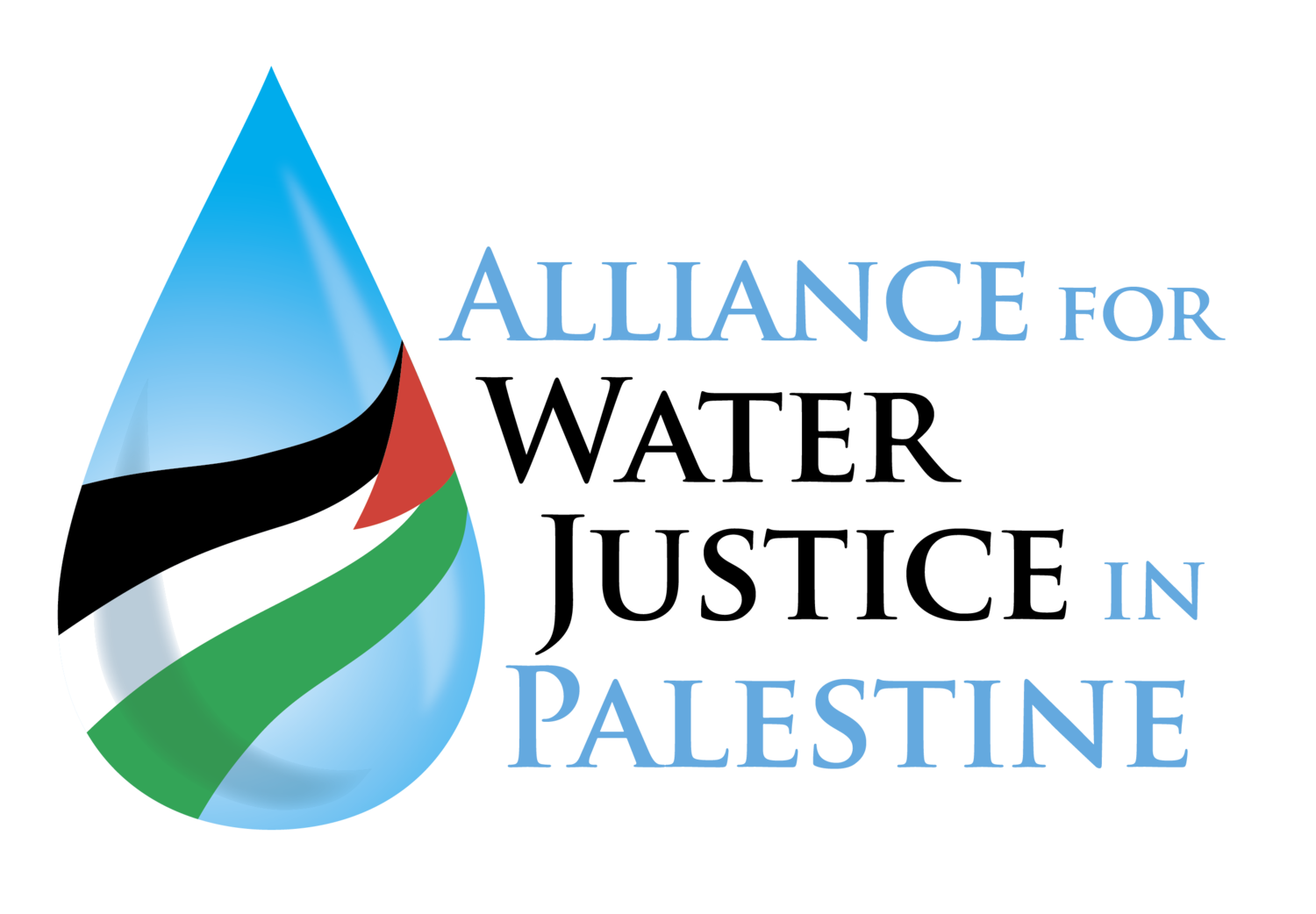Context: Settlements
Beitar Illit Settlement
Despite international condemnation, Israelis continue to build settlements beyond the Green Line. Nearly 650,000 Israeli settlers—450,000 in the West Bank and 220,000 in East Jerusalem—live in these planned communities heavily subsidized by the Israeli government. Settlements range from small wildcat outposts on West Bank hilltops to developed towns with shopping malls, schools, and suburban homes. The outposts are built without official approval from the Israeli government, but with financial support from Israeli government ministries and agencies. Settler violence against Palestinians and destruction of their property is widespread and rarely punished. (Source: B'tselem).
Israel’s continuing confiscation of land, water, and other natural resources for the benefit of settlements and residents of Israel violates the Hague Regulations of 1907, which prohibit an occupying power from expropriating the resources of occupied territory for its own benefit. (Source: HRW).
In 1972, there were just over 10,000 Israeli settlers, with 1,500 living in the West Bank and the rest in East Jerusalem. Two decades later, by the time of the Oslo Peace Accords, there were 231,200 Israelis living in the territories. That number rose to 365,000 by 2000, when the second Palestinian uprising began, and 474,000 by the time Benjamin Netanyahu became Israel’s prime minister again in 2008.
Israel has used its settlements in the West Bank and the Gaza Strip to control and misappropriate Palestinian water supplies. The Oslo Convention estimates the quantity of groundwater in the Palestinian territories…at around 734 million cubic metres. Palestinians are allocated a mere 235 million cubic metres of this water while the remainder goes to meeting Israeli needs.
Sewage dumped from West Bank settlements onto Palestinian land is a critical problem for both Palestinian farmers and residents. Farmers in the northern West Bank describe the constant smell of sewage, the pollution of their springs and agricultural lands, and the diseases that are destroying their plants. (Source: PNN).
